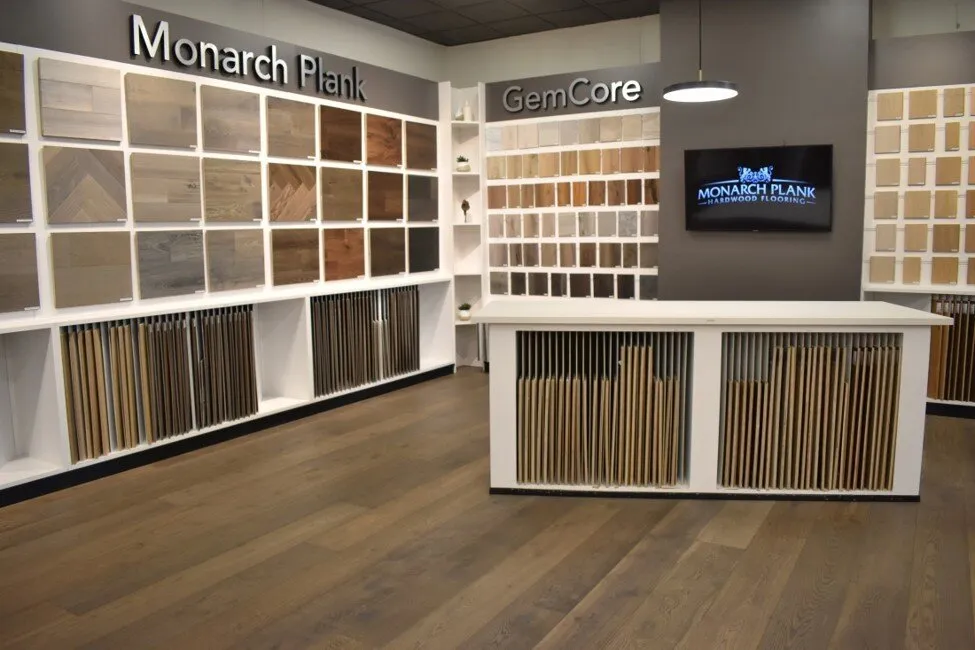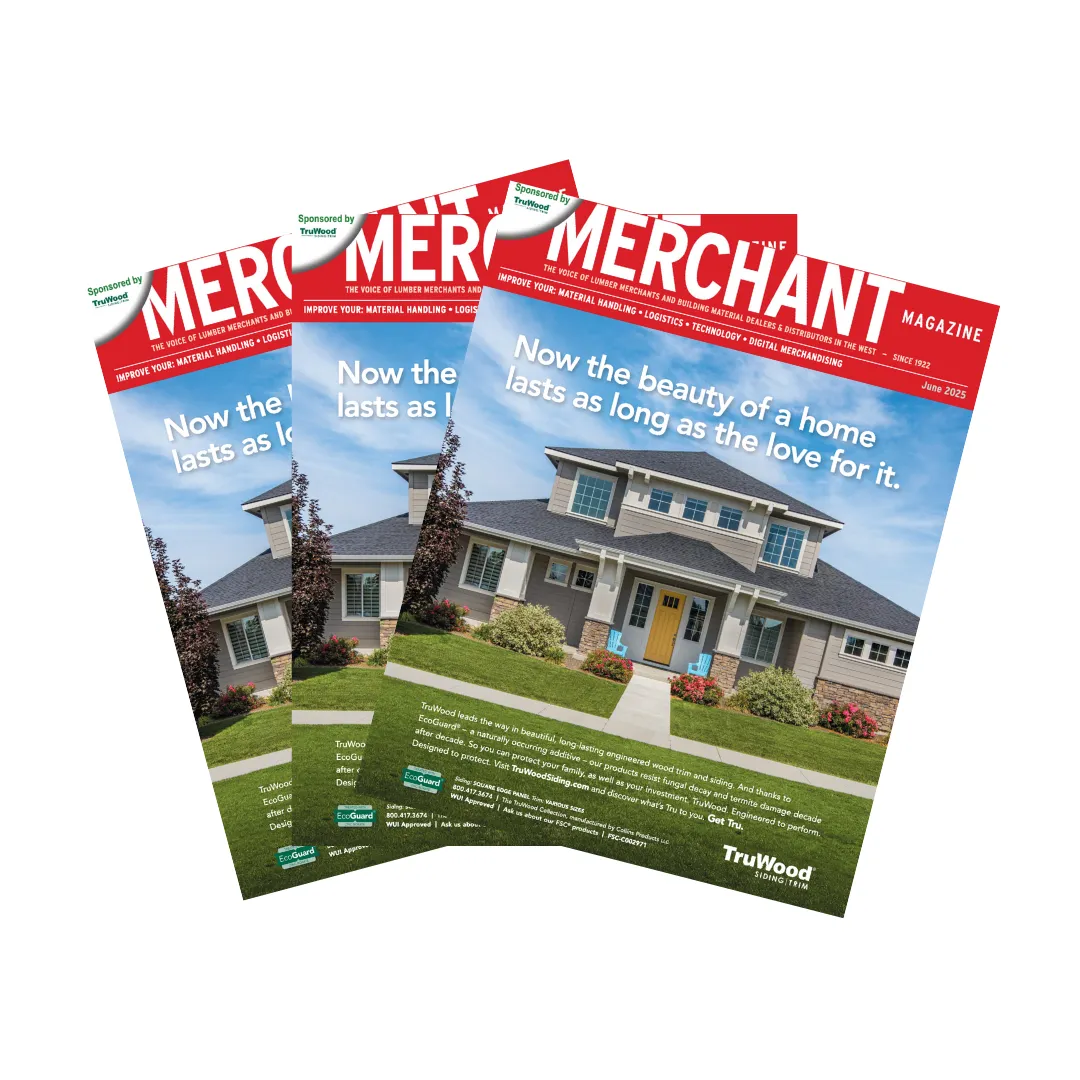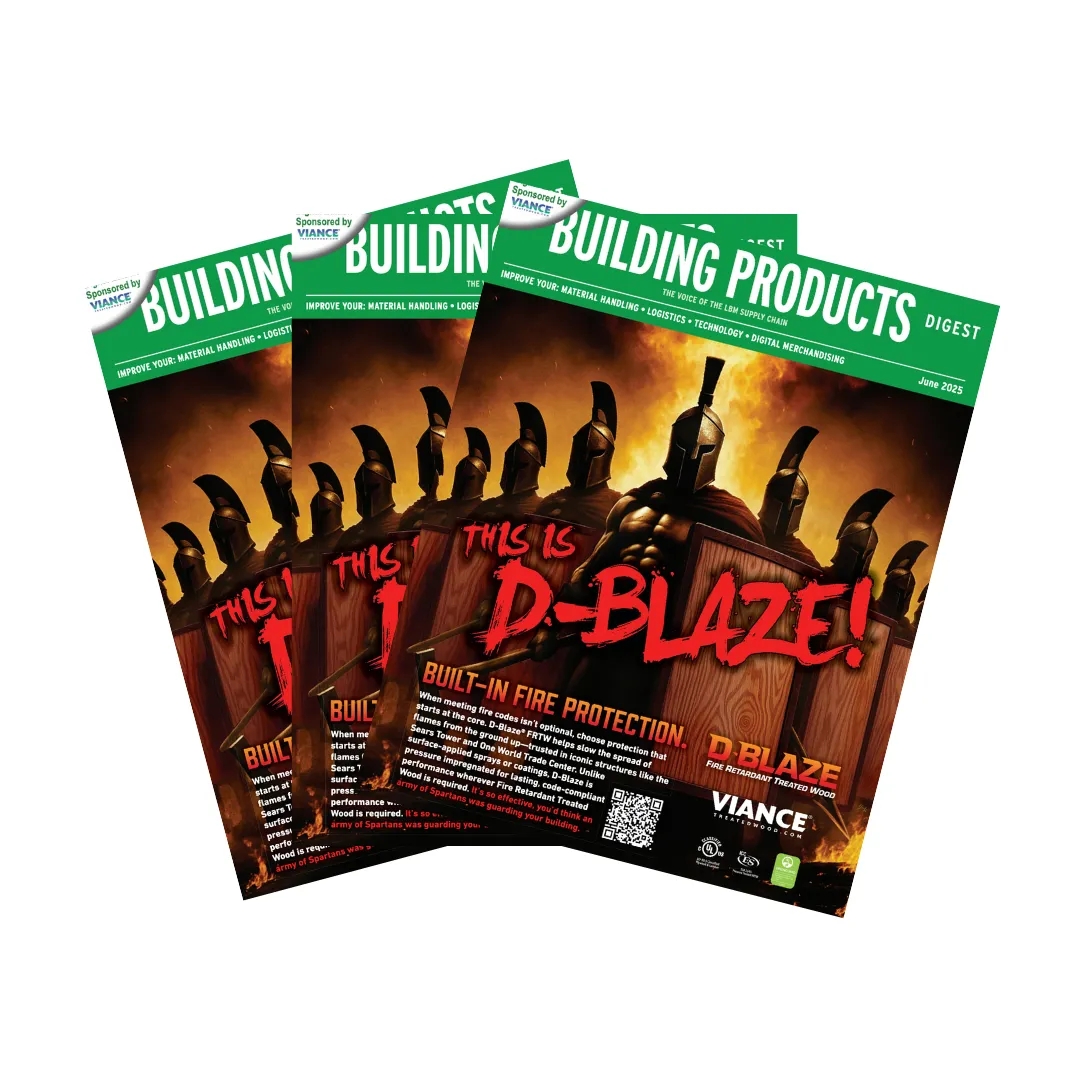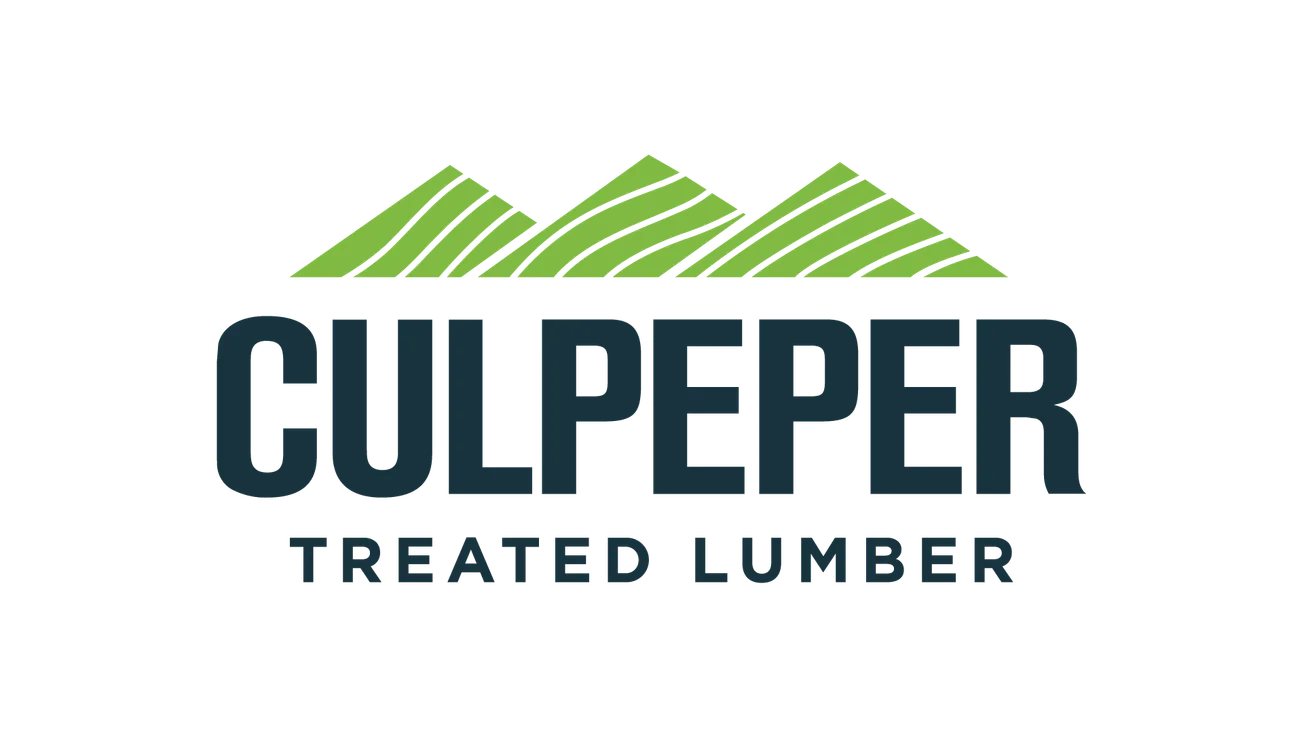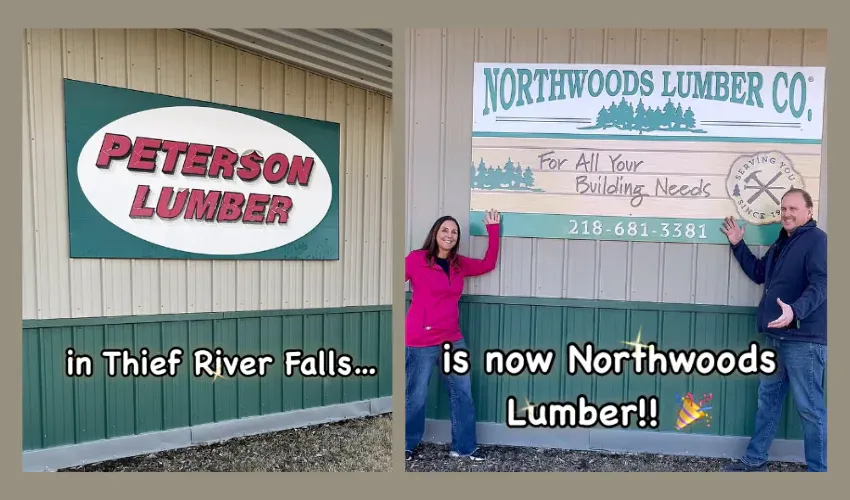Table of Contents
Today, wood continues to be widely used in all types of building applications and is a valuable, renewable resource. Thanks to advances in technology, there are a variety of treatments available that render it less vulnerable to decay, insects and fire.
As a building material, wood has a high ratio of strength to weight and a remarkable record for durability and performance as a structural material. It is a natural insulator, stores carbon, and consumes less energy to produce than other building materials.
Fire has always been a threat to wood, but fire retardants have a proven track record of protecting wood from flame spread or preventing wood from supporting its own combustion. Designers have long sought protection for the building, its contents and most importantly, for the building occupants. In the early 1900s, New York was the first city to adopt the use of fire retardant treated wood (FRTW) as an alternative to non-combustible construction. Since their early development, many different types of fire retardant products have been innovated to protect wood, including products used in pressure-treatment facilities that push the chemical into the wood cell as well as recent advancements of surface applied treatments. While these types of fire retardant products exhibit some form of reduced combustibility, the acceptance criteria, required by the building code, is not the same for pressure impregnated FRTW and surface applied coatings.
Pressure impregnated FRTW products are commonly used in many different structures including schools, multi-family homes, hotels, airports, shopping centers, sports stadiums, and convention centers.
One example, Lonza’s Dricon FRTW, is a product applied using a pressure treatment process. The Dricon preservative, along with other FRT wood products, must meet the requirements for demonstrating compliance with the building code, which can be found in an ICC Evaluation service document (AC66, Acceptance Criteria for Fire Retardant Treated Wood).
Testing
Some of the most common questions about FRT Wood surround flame spread characteristics, smoke development indices, design values and how to use these products in a rated assembly. The test used to determine flame spread and smoke development is the ASTM E 84, Standard Test Method for Surface Burning Characteristics of Building Materials (“ASTM E 84”). ASTM E 84, also known as the Tunnel Test, compares surface burning characteristics of tested materials to those of asbestos cement board and untreated red oak lumber. A rating of 0 is assigned to asbestos cement board and a rating of 100 is assigned to untreated red oak flooring. Flame spread ratings of various species of untreated lumber range from 60 to 230. A flame spread index of 25 meets Class A requirements.
During this test, smoke emissions are also measured and ratings are assigned to ensure that smoke development is equal to or less than 450. Many fire retardant products have a smoke development index equal to or less than 25. This is important since many believe smoke to be the number one killer in a fire event.
In the tunnel test, wood is placed over a burner shooting a 4.5-foot flame along the underside of the wood. Flame spread and smoke development ratings are established during the first 10 minutes. However, the 10-minute test must be extended to 30 minutes and the flame spread not progress more than 10.5 ft. beyond the burners to meet the requirements of AC 66. Published in 2011, ASTM E 2768, Standard Test Method for Extended Duration Surface Burning Characteristics of Building Materials (30-minute Tunnel Test) (“ASTM E 2768) was developed as a separate protocol. The purpose of this fire-test-response standard is to evaluate the ability of a product to limit the surface spread of flame when evaluated for 30 minutes. This fire-test-response standard uses the apparatus and procedure of Test Method ASTM E 84 with the total test period extended to 30 minutes. ASTM E 2768 was originally intended to be a stand-alone 30-minute test for FRTW and essentially replace ASTM E 84 extended. However, it was revised to include other materials and was never adopted into the IBC/IRC.
Specifying FRT Wood and Labeling
Not all products have the same design values and attributes. Specifiers should always review a product Evaluation Service Report (ESR) and make sure the ink stamp on the FRT Wood has all of the required information. Therefore, design professionals should be aware that product substitution carries with it significant risks.
In accordance with AC 66 each piece of FRT Wood is required to be marked with an ink stamp bearing the ESR number, classification mark of a qualified testing laboratory, categorizing its surface burning (flame spread and smoke developed) characteristics. The mark further identifies the name and location of the treating plant and shows that the material complies with AWPA standards, has been dried after treatment, and qualifies as an Interior Type A, low hygroscopic product. A sample ink stamp is shown below.
Fire Ratings
Fire ratings in hours are typically assigned to doors, walls, or deck assemblies, following testing in accordance with ASTM E 119 and E 136. References such as the Underwriters Laboratories “Fire Resistance Directory” specifically point out that FRTW may be substituted for untreated wood in any rated assembly. FRTW can be used in place of untreated wood in many of these designs and will enable the use of these assemblies in many building construction types that do not permit untreated wood. These new construction assemblies provide greater savings than ever before when FRTW construction is substituted for hourly rated steel or concrete construction.
Some model codes and local building officials will accept the Component Additive Method (“CAM”) for calculating fire resistance in lieu of actual assembly testing. The CAM concept entails adding the resistance rating of individual components to qualify the resistance rating of the assembly.
The lumber and plywood used in rated assemblies or CAM listings are usually not identified as being untreated or FRTW, but the model codes generally do require that any wood used in noncombustible types of construction be treated with a fire retardant.
For more information on CAM, view the brochure, “Component Additive Method (CAM) for Calculating and Demonstrating Assembly Fire Endurance,” Publication T-20 at www.awc.org/Publications/dca/dca4/DCA4.pd.
Fire retardants offer many advantages over other methods of protection from flame spread and smoke development. Because of the tested performance of certain products, specifiers and architects can design with confidence and flexibility. Building owners and designers alike can have the confidence and peace of mind that comes with using the right FRT wood.





